Scientists are unlocking the mystery of how marijuana makes us get high0
- From Around the Web, Science & Technology
- October 22, 2016
This will help us better understand how to use the drug for medical purposes
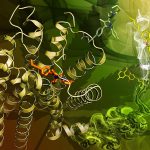
This will help us better understand how to use the drug for medical purposes
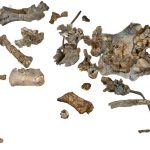
Australian dinosaurs have played a rare but controversial role in the debate surrounding the effect of Gondwanan break-up on Cretaceous dinosaur distribution.
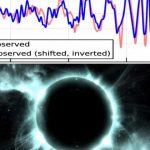
After the first direct detection of gravitational waves that was announced last February by the LIGO Scientific Collaboration and made news all over the world, Luciano Rezzolla (Goethe University Frankfurt, Germany) and Cecilia Chirenti (Federal University of ABC in Santo André, Brazil) set out to test whether the observed signal could have been a gravastar or not. The results were recently resented in a paper published on Physical Review D.
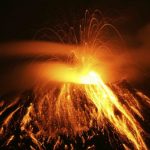
Surge in volcanic activity along East African Rift System coincided with arrival of Homo sapiens.
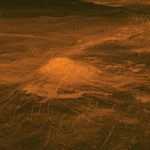
Volcanic activity on Venus took place in the recent past, geologically speaking, and may still be happening on the planet today. New research takes a deeper look at one recent eruption on Venus’ surface.
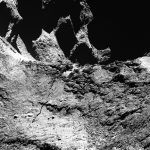
Spinning space motion could cause neck to snap.

In two emails Wikileaks had managed to get a hold of, the messages hold some very interesting topics about Extraterrestrial Intelligence and a strange ‘Zero point energy’
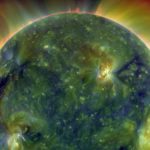
In addition to the constant emission of warmth and light, our sun sends out occasional bursts of solar radiation that propel high-energy particles toward Earth.
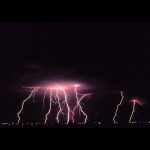
Nobody knows exactly what triggers lightning bolts. Now, two Russian researchers say that these discharges of a billion volts or more could be caused by the interaction of cosmic rays—high-energy particles from outer space—with water droplets in thunderclouds.

On Oct 18th, Chinese astronauts onboard the Shenzhou 11 spacecraft docked with China’s new space station, the Tiangong 2.